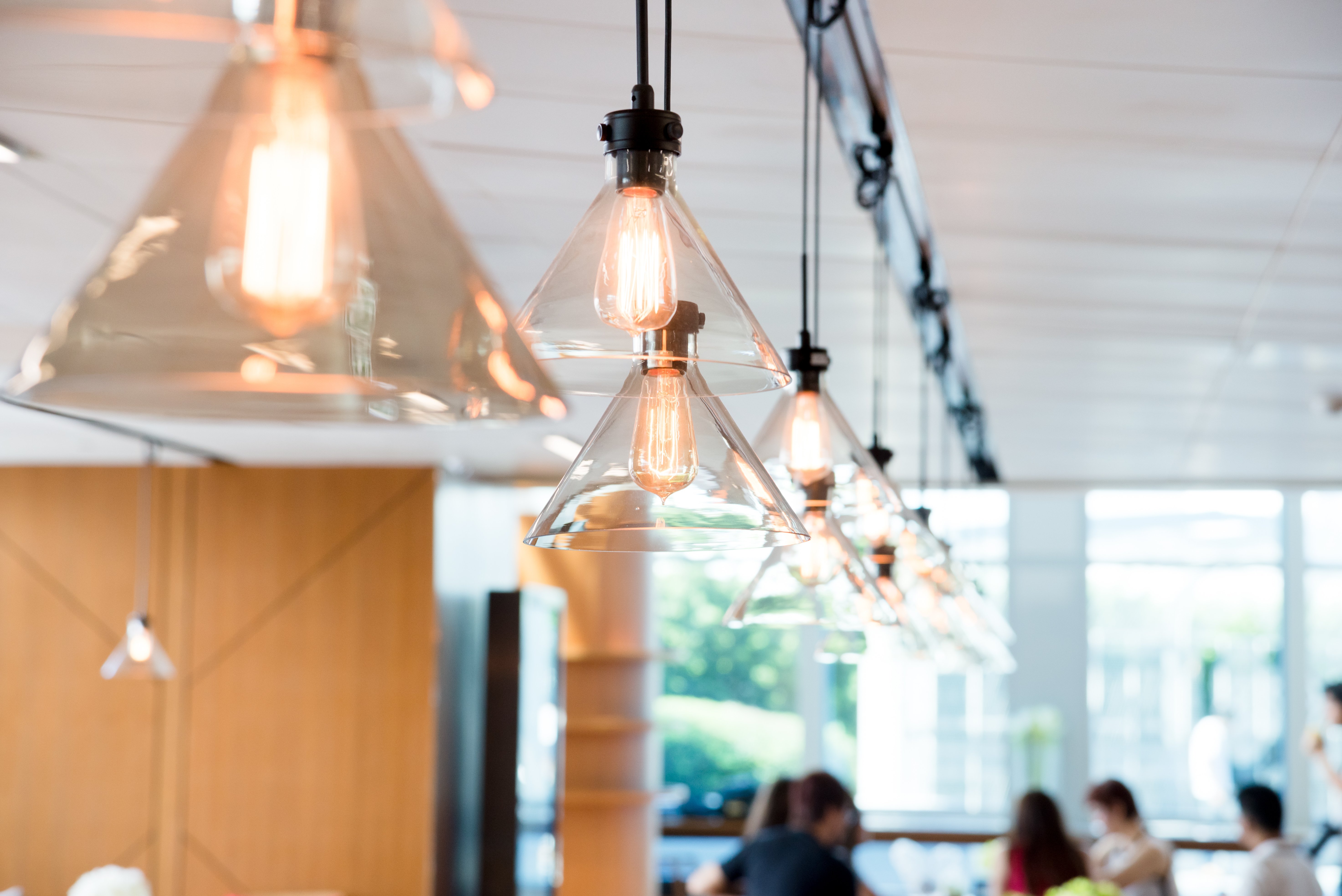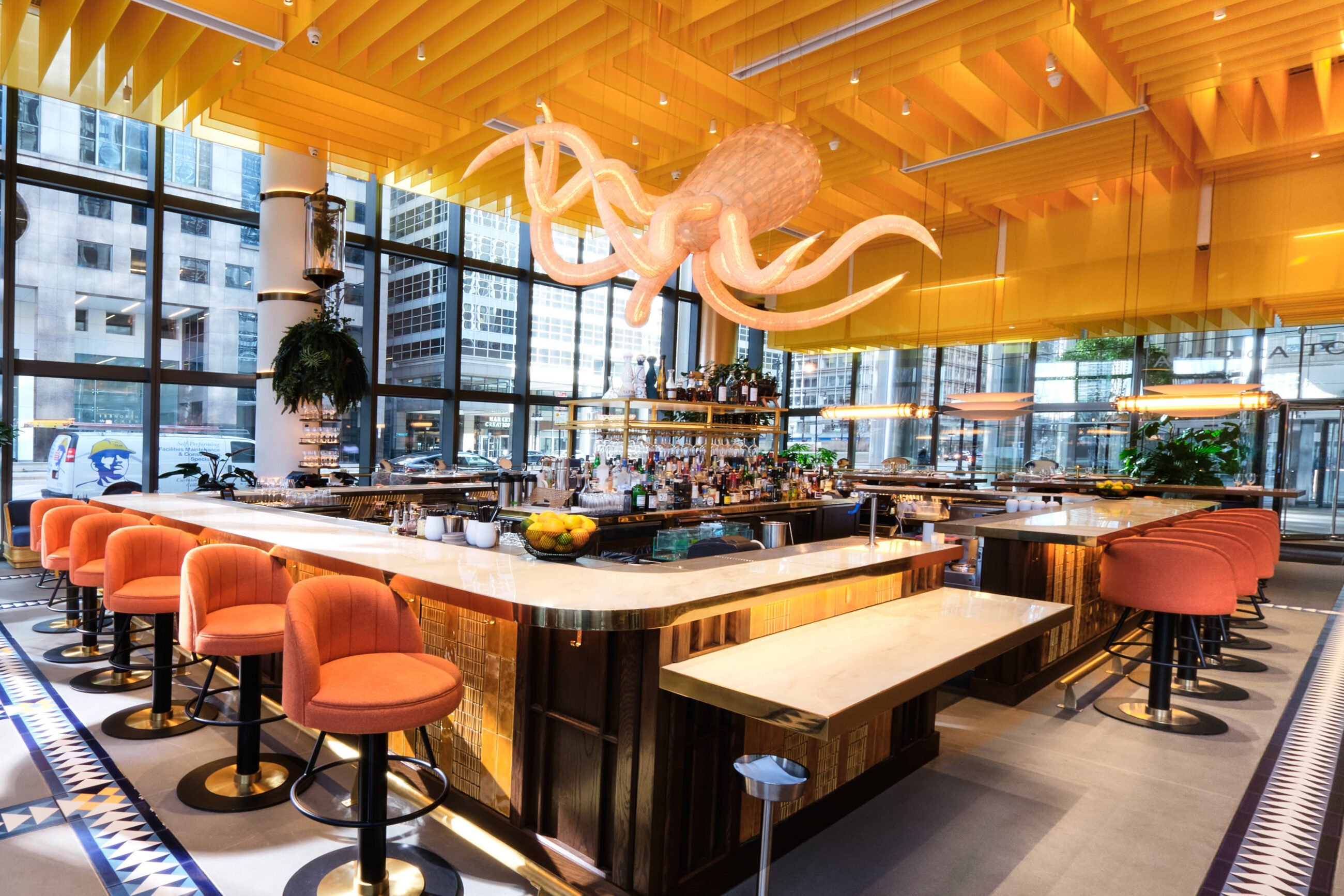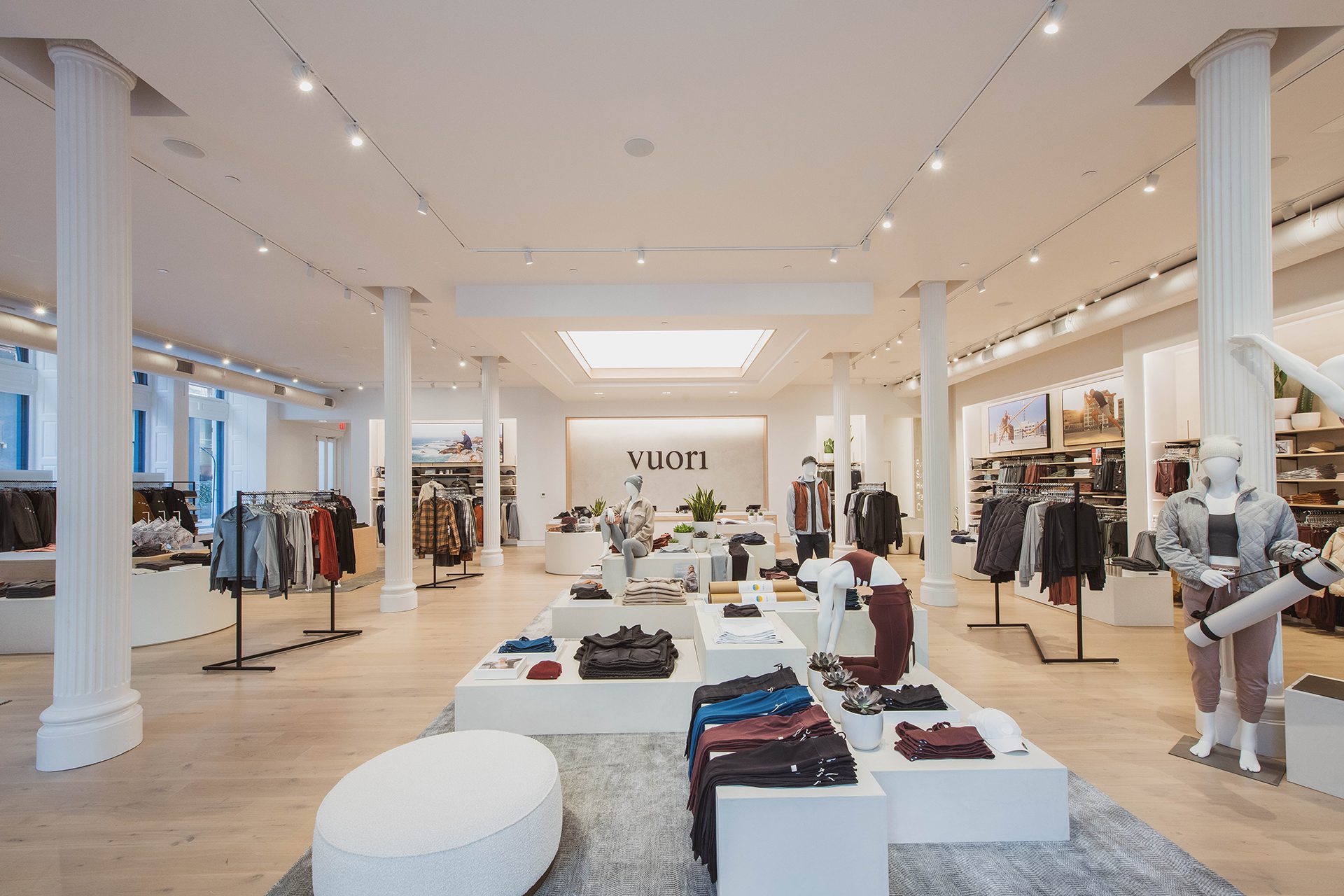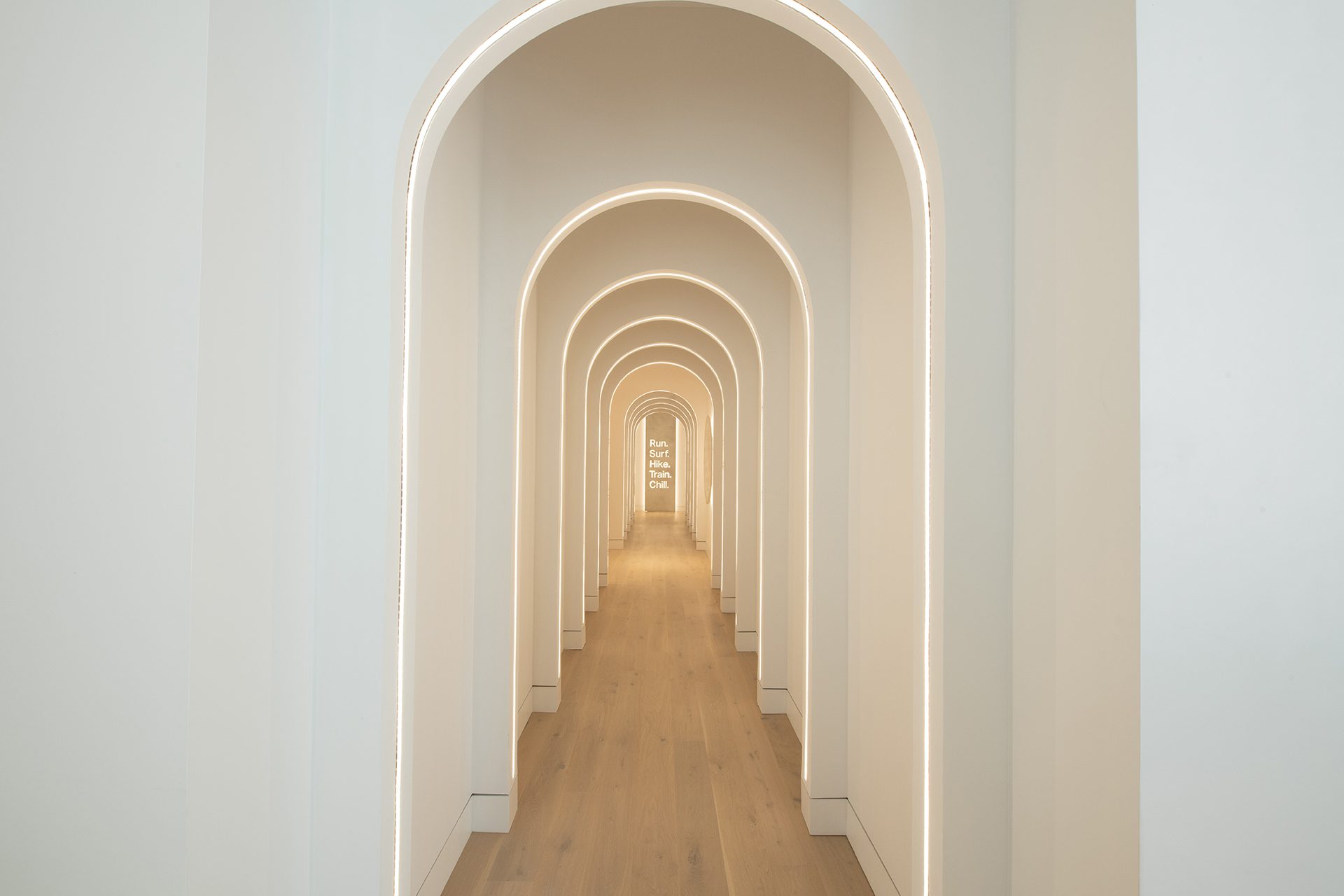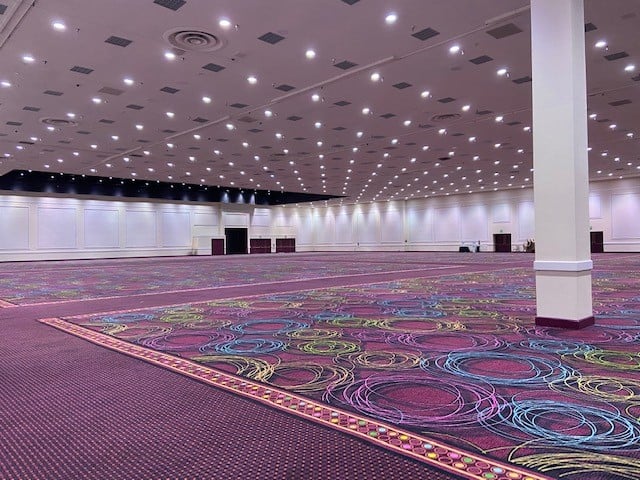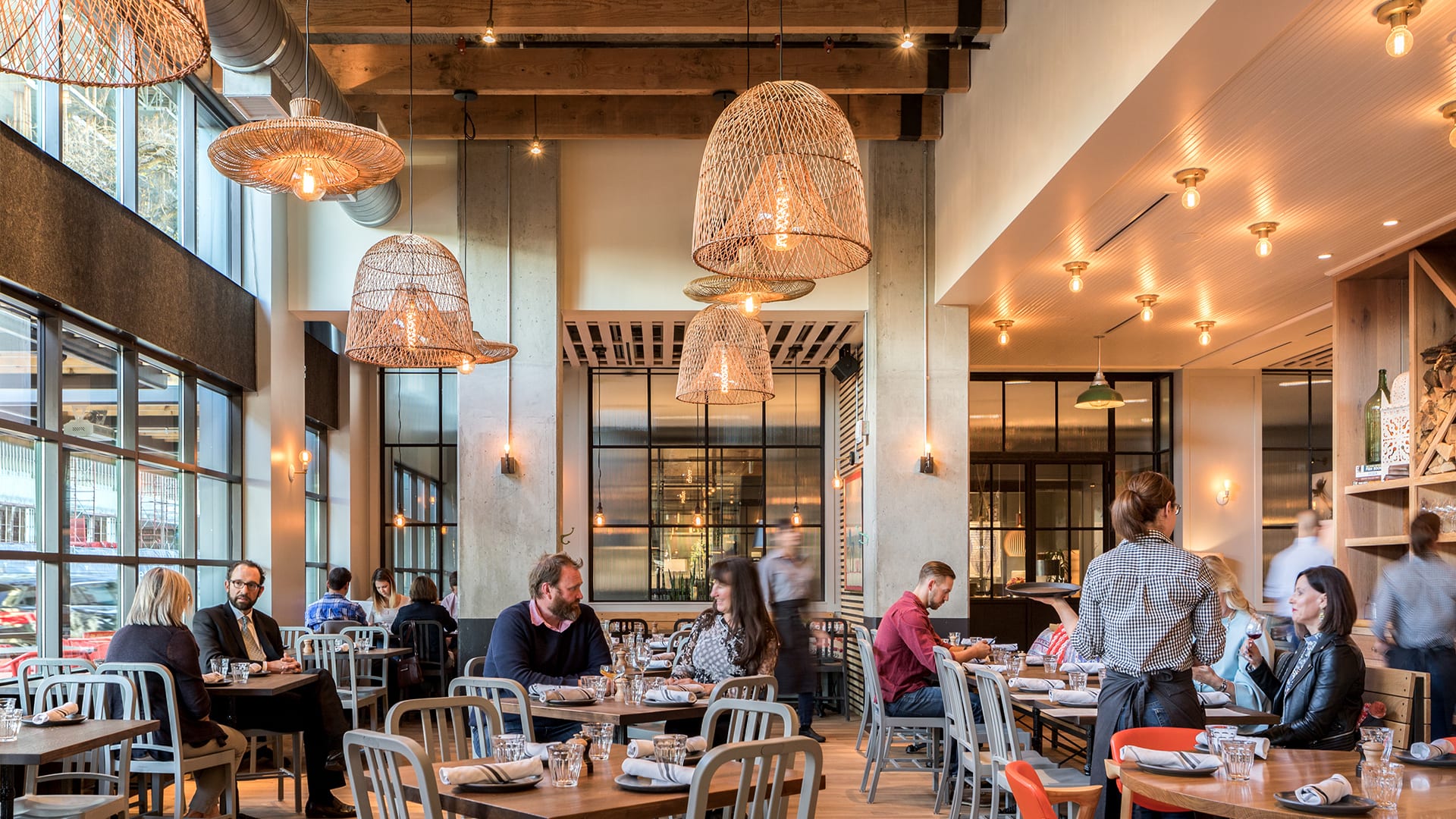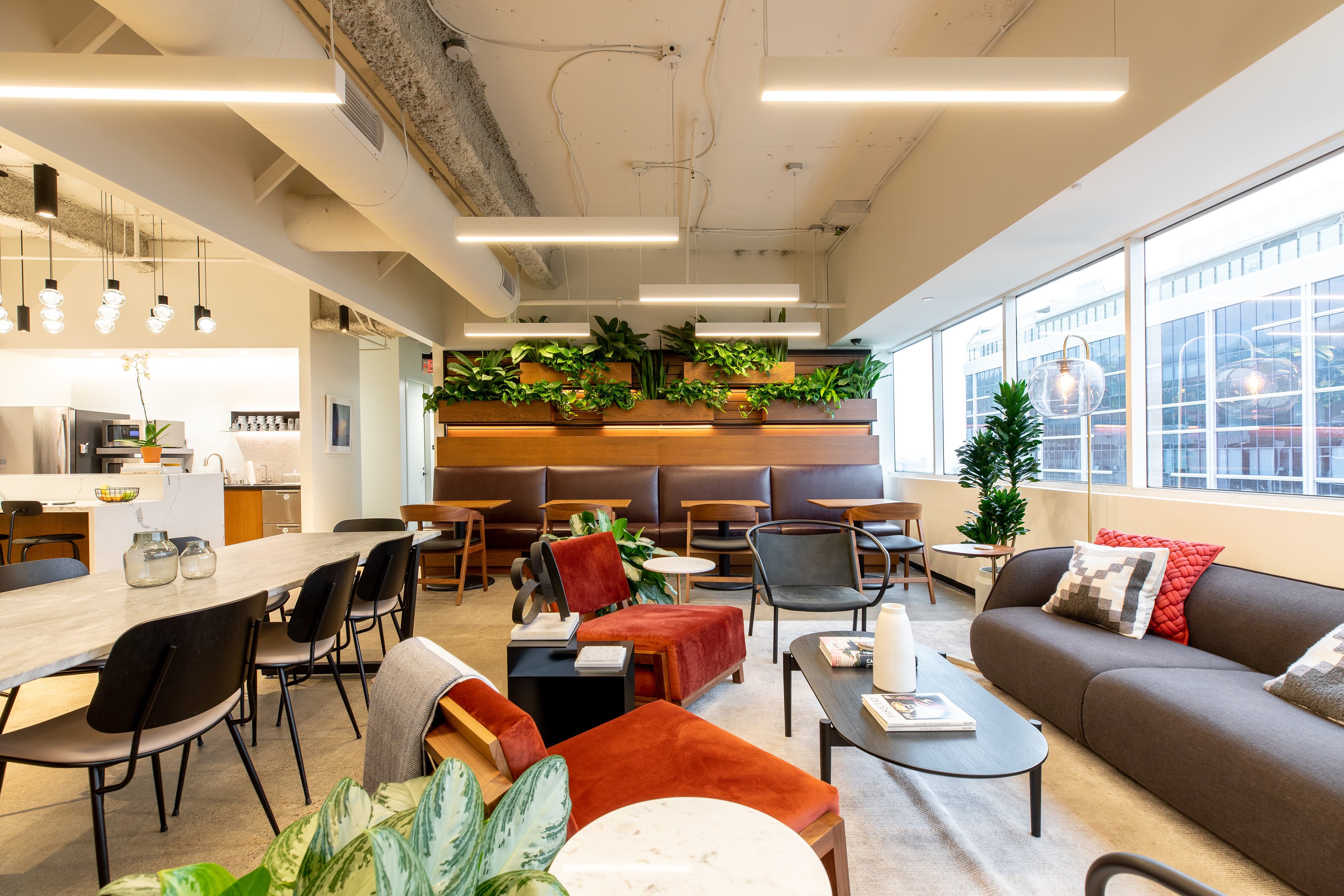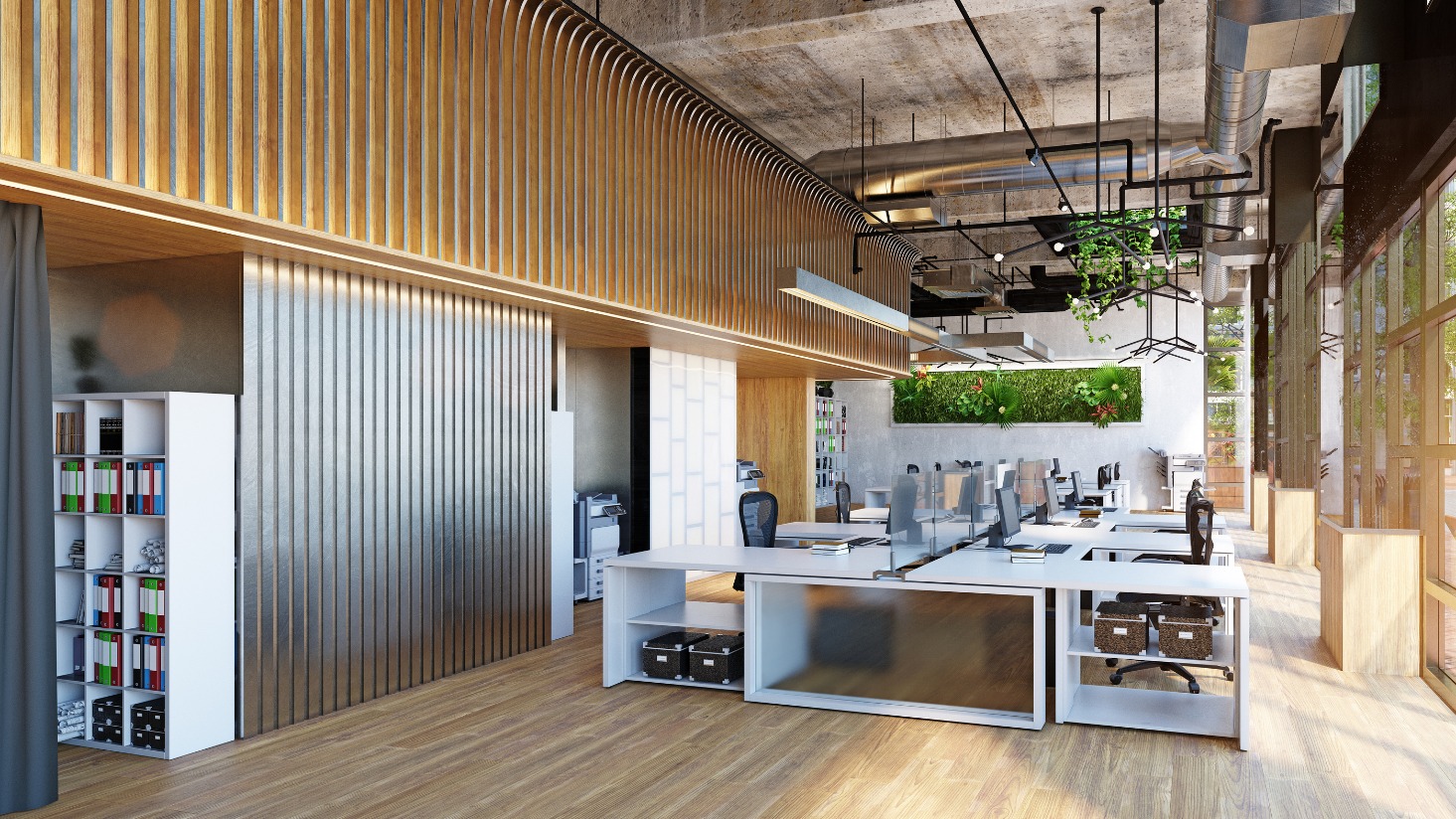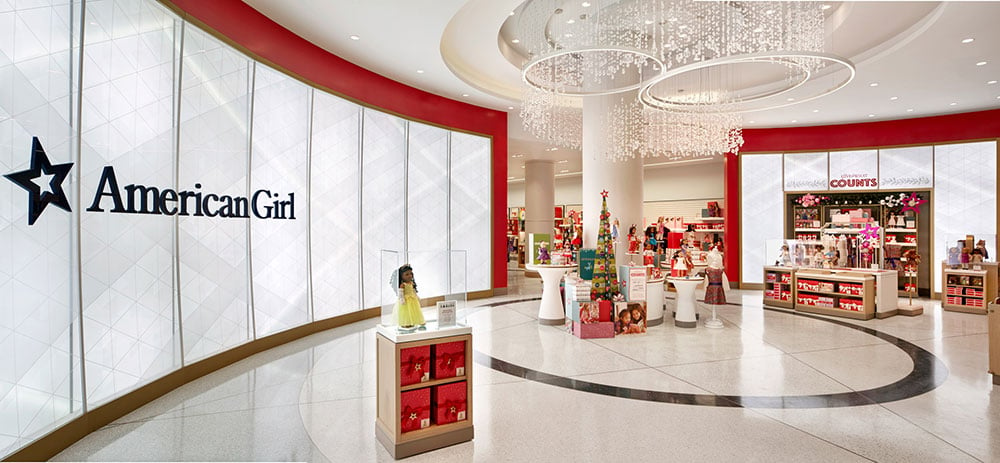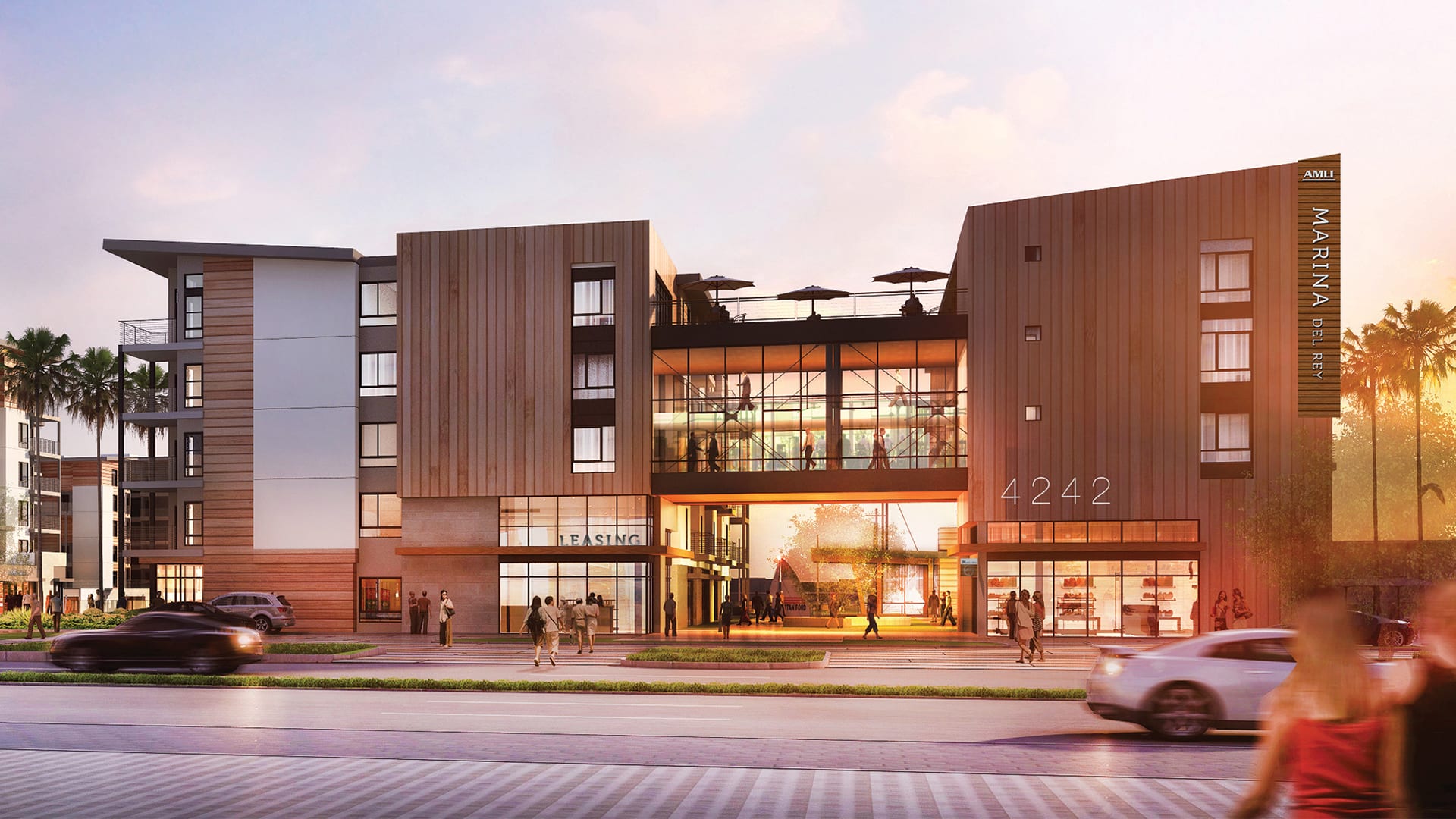What architects should know about low-cost lighting
Architects typically pass lighting specification on a project to a in-house resource, an electrical engineer, a manufacturer's agent, or a lighting designer. This allows architects to focus on other aspects of the project and makes perfect sense. At the same time, there's value in knowing what trends are happening in lighting so that you can deliver successful projects to your client.
When it comes to lighting, it's not uncommon for a specification to be value engineered to a low-cost option. Lower cost doesn't always translate to problems or lower quality, but there are also industry factors that can help you understand any possible risks or challenges down the road.
LED lighting price trends
Buying LED lighting over the last decade feels eerily similar to buying TVs or other electronics. In many ways, it feels like a confusing set of features (who knows what you'll actually need) and a price race to the bottom.
Here's an example. In 2012, LG released their base-model, standard HD resolution 55-inch TV for $1,599. Today, LG's 55-inch ultra-HD (higher resolution) Smart TV retails for just under than $500. And if you're willing to go with an off brand, you can even find a 55-inch ultra-HD Smart TV for less than $300.
In lighting, we've seen LED prices plummet over the years with technology improvements. While prices seem to have largely stabilized (with some increases dues to supply chain challenges), we still have to ask the question: When is a price reduction the result of technology advancement and when is it the result of quality compromises?
Our team had a chance to catch up with a reputable manufacturer over the trends in LED technology and pricing in an effort to help sort through where the industry is headed and what you can expect. Our conversation centered on integral LED track heads used in many retail, restaurant, and commercial properties, but this example applies to many other lighting applications.
The $40 LED track head
The manufacturer we spoke with is known for producing commercial-grade LED fixtures, including track heads ranging up to high-performance options. The company has a reputation for quality products at a competitive price, and they have a track record of keeping up with lighting trends.
Our discussion revolved around another manufacturer's newly-released $40 LED track head — was this really possible, and if so how to you get to this price point? Here's a recap of that discussion.
The next "step" in lowering the price point of an existing fixture offering can only come from a limited number of places. For a while with LED lighting, technology improvements and increasing volume led to price decreases, but over the last couple of years, the prices have roughly stabilized with slower, incremental improvements in technology.
Essentially, there are four main components to an LED track head:
- Fixture housing
- Electronics
- LED chip
- Optics
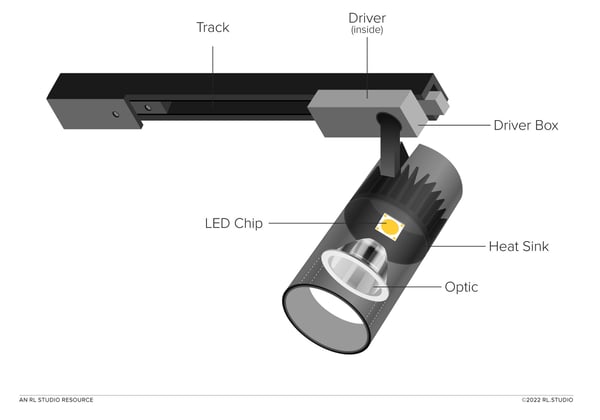
The fixture housing isn't a great place to reduce cost. This can depend on where and how the housings are made, but the raw materials will also drive a lot of the prices. (Especially in our current supply chain.) And when it comes to architectural fixtures, premium materials may have a specific purpose or place in your design.
So, the most logical places to reduce costs for an LED track head fit one or a combination of these areas:
1. Electronics
Electronics are the heart of the the LED fixture. There are a combination of complex components that primarily are used to regulate power to the LED chip and protect it from failure. As a manufacturer looks for ways to reduce cost for the electronics, simplifying the driver is a place to start. The downside to this is that there will be less — or no — protection from power fluctuations or surges.
2. Chip
The quality of the LED chip can be another area to save. There are a few highly-reputable chip manufacturers, and there are others who produce chips at a lower price point. As you go to lower-tier chips, you end up introducing a higher risk of improper heat management, and that tends to result in premature failure or color shift.
3. Optics
Optics are another expense in a track head. Many manufacturers opt for custom-designed optics that work with their chip and housing combination to deliver high-impact beam performance and efficiency. Others will purchase pre-designed optics that may be "good enough" but leave some performance and efficiency on the table.
So, a manufacturer releasing a $40 track head is likely using one or more of these areas to get the price point of the fixture down. With the current state of LED technology, the level of big technology advancements does not support the price changes that we once saw.
When a client might consider an inexpensive LED fixture
As we think about the impact on risks and fixture quality with the lowest price options on the market, how does a client determine if it's worth it or not? Here are a few factors to consider:
Consider remodel cycles
One of the biggest impacts of these price reductions translates to the longevity of a fixture. If the client goes with a fixture in a room where it will operate eight to twelve hours a day, they may realistically be looking at a life span of two to three years for the $40 track head example we used above.
If the client operates on a five to seven year remodel schedule, that could mean having to replace lighting well before they're ready for another remodel. The time, expense, and inconvenience of that should be a critical factor for the client to consider before they value engineer a specification.
Consider goals of the space
If the project is a retail space where the way product is highlighted could have a significant impact on sales or a museum or studio where light is critical, the client will likely want to steer clear of the lowest price options. With that said, we often recommend working with the client to show samples and compare fixture performance on products they're seriously considering.
Lighting is an industry where there's a place for options that range from premium architectural-grade fixtures to contractor-grade products.
Our hope is that this overview helps you guide clients during conversations about budgets and value engineering. And as lighting experts, we're always happy to be involved in these conversations early in a project. This tends to result in smoother projects down the road.



